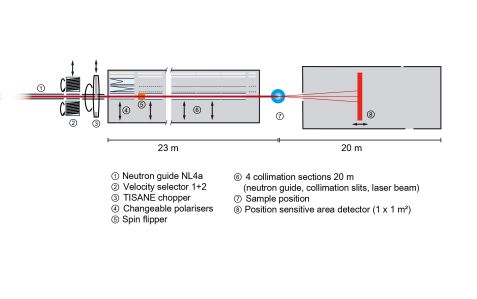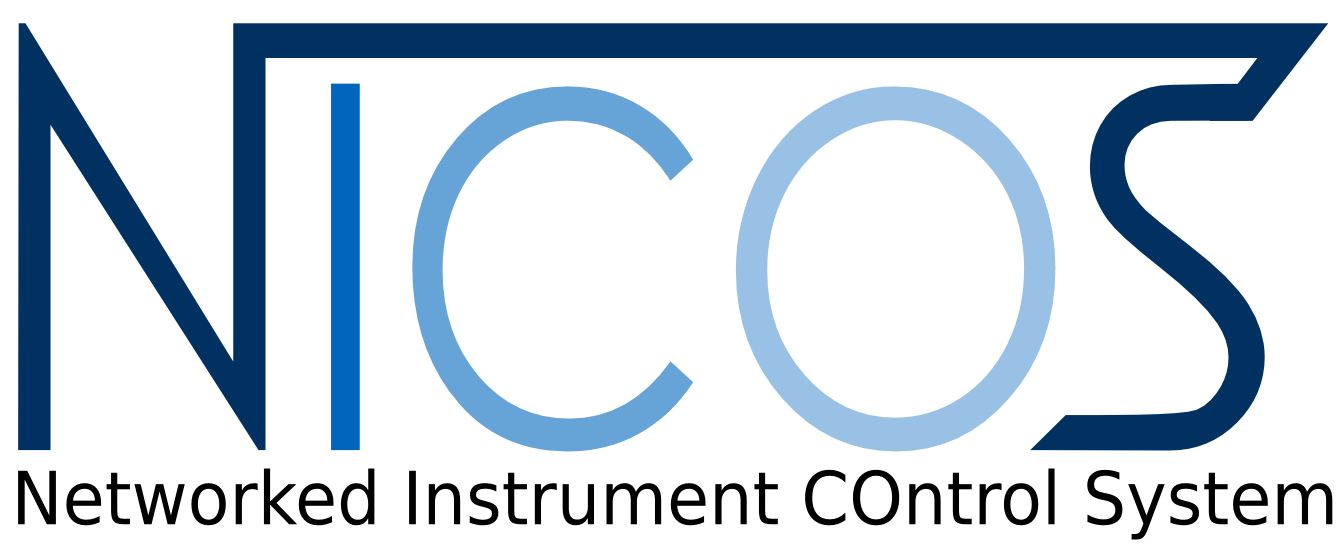MLZ is a cooperation between:
 > Technische Universität München
> Technische Universität München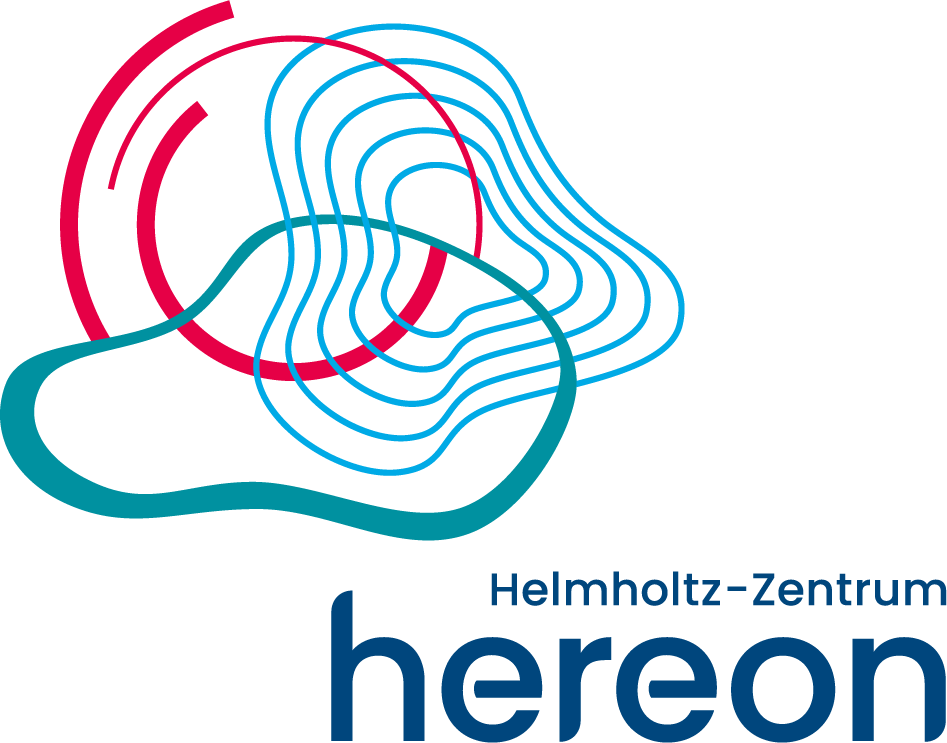 > Helmholtz-Zentrum Hereon
> Helmholtz-Zentrum Hereon
 > Forschungszentrum Jülich
> Forschungszentrum Jülich
MLZ is a member of:
 > LENS
> LENS > ERF-AISBL
> ERF-AISBL
MLZ on social media:

MLZ (eng)
Lichtenbergstr.1
85748 Garching
SANS-1
Small angle neutron scattering instrument

This instrument is focussed on cold neutrons. Therefore, please carefully check the “Technical data WITHOUT cold source” section. Deviating parameters are in bold. The instrument team is happy to answer any further questions!
SANS-1 [1] is a standard pinhole instrument with a 23 m collimation distance and a 20 m sample detector distance.
The instrument is equipped with two interchangeable velocity selectors permitting 10 – 15 % or 5 – 10 % Δλ/λ and a 14-window double-disc chopper for TISANE. This combination allows versatile tuning of the flux, resolution, duty cycle, and frame overlap, including time-resolved measurements with repetition rates up to
With its focus on materials science and magnetism, the flexibility of SANS-1 relies heavily on a spacious sample area. The new heavy-duty six-axes goniometer makes it possible to position almost any bulky and heavy sample environment up to 1000 kg weight,
The sample area of SANS-1 is constructed out of non-magnetic materials wherever possible to allow for the use of the entire rage of superconducting magnets available at MLZ, also in combination with dilution inserts. The use of a non-shielded high field is possible. The sample goniometer also fulfils the rising demand for diffraction experiments at low scattering angles, e.g., for studies of superconducting vortex lattices and other large magnetically ordered systems.
[1] Mühlbauer, S. et al., NIM-A, 832, 297 (2016).
SANS-1 is dedicated to studying nanoscale length scales of 10 to 3000 Å, particularly adapted for the needs of materials research and magnetism. It allows hosting a wide range of different sample environments, including a bespoke dilatometer for in-situ rapid quenching/heating and stress analysis.
- Precipitates and segregation in alloys
- Rapid quenching/heating and deformation of alloys
- Defects in materials, surfactants, colloids
- Ferromagnetic correlations in magnetism
- Anode materials and functionality of batteries
- Magnetic domains & nanoparticles
- Polymers, proteins, biological membranes, viruses, ribosomes and macromolecules
- Superconducting vortex lattices
- Large emergent magnetic structures such as helical magnets and skyrmion lattices
During thermal operation without the cold source, the focus will be on studies of shorter correlations up to 1000 Å in a mostly non-polarised set-up using shorter wavelengths and shorter collimation distances.
- Standard sample changers with 22 positions, 11 positions for the magnet and 11 positions with thermostat (-10 – +200°C)
- MLZ suite of high-temperature furnaces up to 1900°C
- Deformation-rig with heating: 100 kN
- Set of magnets (2.5 T and 5 T horizontal, 7.5 T vertical, 12 T vertical (TAS magnet))
- MLZ suite of cryostats, including low-T inserts
- Dilatometer DIL 805 A/D/T Quenching Dilatometer [2]
- NB Nanoscale, D5 HF-Generator for magnetic hyperthermia [3]
[2] TA Instruments, DIL805A/D/T Quenching dilatometer
[3] NB Nanoscale, D5 HF-Generator for Magnetic Hyperthermia
- Mechanical velocity selectors with variable speed
- Δλ/λ = 10 – 20 % resolution
- Δλ/λ = 6 – 16 % resolution
- Wavelength range: 3.45 – 6 Å
- Two V-shaped polarisers
- 1 m, 2 m, 4 m, 8 m, 12 m, 16 m in steps via insertion of neutron guide sections
- 0 – 35 mm diameter
- 0.01 Å-1 < Q < 1 Å-1
- Primary detector: 1 m2 array of 128 3He position sensitive tubes with 8 mm resolution; SD 1 – 12 m; lateral detector movement up to 0.5 m, rate capability max. 2 MHz
- Mechanical velocity selectors with variable speed
- Δλ/λ = 10 – 20 % resolution
- Δλ/λ = 6 – 16 % resolution
- Wavelength range: 3.45 – 20 Å
- Two V-shaped polarisers
- 1 m, 2 m, 4 m, 8 m, 12 m, 16 m, 20 m and 23 m in steps via insertion of neutron guide sections
- 0 – 35 mm diameter
- 0.002 Å-1 < Q < 1 Å-1
- Primary detector: 1 m2 array of 128 3He position sensitive tubes with 8 mm resolution; SD 1 – 20 m; lateral detector movement up to 0.5 m, rate capability max. 2 MHz
Instrument scientists
Dr. André Heinemann
Phone: +49 (0)89 289-14534
E-mail: andre.heinemann@hzg.de
Dr. Sebastian Mühlbauer
Phone: +49 (0)89 289-10784
E-mail: sebastian.muehlbauer@frm2.tum.de
SANS-1
Phone: +49 (0)89 289-12818
Operated by
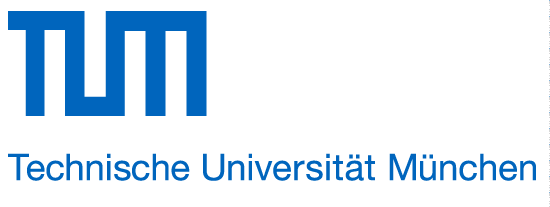
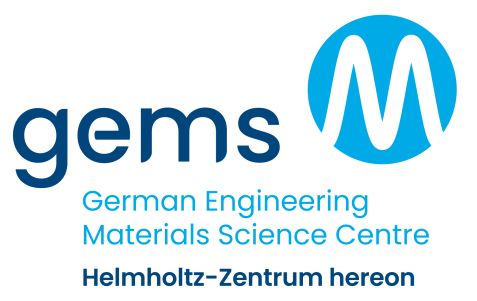
Funding
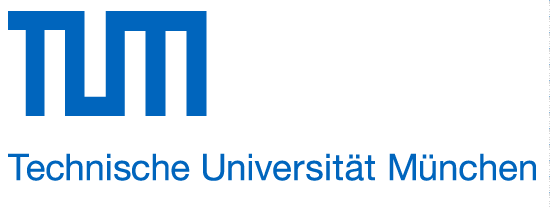

News
Publications
Find the latest publications regarding SANS-1 in our publication database iMPULSE:
Citation templates for users
In all publications based on experiments on this instrument, you must provide some acknowledgements. To make your work easier, we have prepared all the necessary templates for you on this page.
Instrument control
Gallery


MLZ is a cooperation between:
 > Technische Universität München
> Technische Universität München > Helmholtz-Zentrum Hereon
> Helmholtz-Zentrum Hereon
 > Forschungszentrum Jülich
> Forschungszentrum Jülich
MLZ is a member of:
 > LENS
> LENS > ERF-AISBL
> ERF-AISBL
MLZ on social media:



